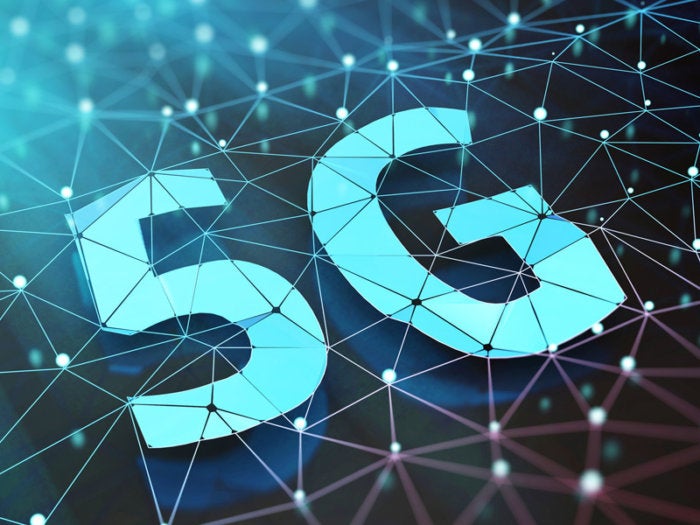What is the difference between network slicing and Quality of Service?
Network slicing is mentioned in nearly every industry presentation on 5G, but typically it is vaguely defined. What exactly is network slicing, and how does it differ from all the Quality of Service (QoS) initiatives that have been around for years.
Network slicing is a specific form of virtualization that allows multiple logical networks to run on top of a shared physical network infrastructure. The key benefit of the network slicing concept is that it provides an end-to-end virtual network encompassing not just networking but compute and storage functions too. The objective is to allow a physical mobile network operator to partition its network resources to allow for very different users, so-called tenants, to multiplex over a single physical infrastructure. The most commonly cited example in 5G discussions is sharing of a given physical network to simultaneously run Internet of Things (IoT), Mobile Broadband (MBB), and very low-latency (e.g. vehicular communications) applications. These applications obviously have very different transmission characteristics. For example, IoT will typically have a very large number of devices, but each device may have very low throughput. MBB has nearly the opposite properties since it will have a much smaller number of devices, but each one will be transmitting or receiving very high bandwidth content. The intent of network slicing is to be able to partition the physical network at an end-to-end level to allow optimum grouping of traffic, isolation from other tenants, and configuring of resources at a macro level.
What is the difference between network slicing and Quality of Service?
![What is the difference between network slicing and Quality of Service?]() Reviewed by MNG
on
March 09, 2018
Rating:
Reviewed by MNG
on
March 09, 2018
Rating:










No comments